Fabrication of Coatings with Structural Color on a Wood Surface
Abstract
1. Introduction
2. Materials and Methods
2.1. Materials and Substrates
2.2. Synthesis of Monodisperse P(St-MMA-AA) Latex Spheres
2.3. Fabrication of the Colloidal Crystal Coatings
2.4. Characterization
3. Results and Discussion
3.1. Monodisperse Core-Shell Latex Spheres
3.2. Fabrication of Colloidal Crystal Structure
3.3. Full Color Colloidal Crystal Coatings
4. Conclusions
Author Contributions
Funding
Acknowledgments
Conflicts of Interest
References
- McPhedran, R.C.; Nicorovici, N.A.; McKenzie, D.R.; Rouse, G.W.; Botten, L.C.; Welch, V.; Parker, A.R.; Wohlgennant, M.; Vardeny, V. Structural colours through photonic crystals. Phys. B 2003, 338, 182–185. [Google Scholar] [CrossRef]
- Aguirre, C.I.; Reguera, E.; Stein, A. Colloidal photonic crystal pigments with low angle dependence. ACS Appl. Mater. Interfaces 2010, 11, 3257–3262. [Google Scholar] [CrossRef] [PubMed]
- Yu, J.; Kan, C. Review on fabrication of structurally colored fibers by electrospinning. Fibers 2018, 4, 70. [Google Scholar] [CrossRef]
- Matsushitaac, S.; Shimomura, M. Light-propagation patterns in freestanding two-dimensional colloidal crystals. Colloids Surf. A 2006, 284, 315–319. [Google Scholar] [CrossRef]
- Yablonovitch, E. Inhibited Spontaneous Emission in Solid-State Physics and Electronics. Phys. Rev. Lett. 1987, 58, 2059–2062. [Google Scholar] [CrossRef]
- Liau, L.C.K.; Huang, Y.K. Effects of influential factors on sedimentation self-assembly processing of photonic band gap crystals by relative humidity-controlled environments. Chem. Eng. Process. 2008, 47, 1578–1584. [Google Scholar] [CrossRef]
- Zhou, L.; Liu, G.; Wu, Y.; Fan, Q.; Shao, J. The synthesis of core-shell monodisperse P(St-MAA) microspheres and fabrication of photonic crystals structure with tunable colors on polyester fabrics. Fibers Polym. 2014, 15, 1112–1122. [Google Scholar] [CrossRef]
- Li, J.; Liang, G.; Zhu, X.; Yang, S. Exploiting nanoroughness on holographically patterned three-dimensional photonic crystals. Adv. Funct. Mater. 2012, 22, 2980–2986. [Google Scholar] [CrossRef]
- Li, Q.; Zhang, Y.; Shi, L.; Qiu, H.; Zhang, S.; Qi, N.; Hu, J.; Yuan, W.; Zhang, X.; Zhang, K. Additive mixing and conformal coating of noniridescent structural colors with robust mechanical properties fabricated by atomization deposition. ACS Nano 2018, 12, 3095–3102. [Google Scholar] [CrossRef]
- Wang, W.; Tang, B.; Ma, W.; Zhang, J.; Ju, B.; Zhang, S. Easy approach to assembling a biomimetic color film with tunable structural colors. J. Opt. Soc. Am. A 2015, 32, 1109–1117. [Google Scholar] [CrossRef]
- Tang, B.; Zheng, X.; Lin, T.; Zhang, S. Hydrophobic structural color films with bright color and tunable stop-bands. Dyes Pigment 2014, 104, 146–150. [Google Scholar] [CrossRef]
- Zhang, J.; Sun, Z.; Yang, B. Self-assembly of photonic crystals from polymer colloids. Curr. Opin. Colloid Interface Sci. 2009, 14, 103–114. [Google Scholar] [CrossRef]
- Gu, Z.; Horie, R.; Kubo, S.; Yamada, Y.; Fujishima, A.; Sato, O. Fabrication of a metal-coated three-dimensionally ordered macroporous film and its application as a refractive index sensor. Angew. Chem. Int. Ed. 2002, 41, 1153–1156. [Google Scholar] [CrossRef]
- Fenzl, C.; Hirsch, T.; Wolfbeis, O.S. Photonic Crystals for Chemical Sensing and Biosensing. Angew. Chem. Int. Ed. 2014, 53, 3318–3335. [Google Scholar] [CrossRef] [PubMed]
- Moirangthem, M.; Arts, R.; Merkx, M.; Schenning, A.P. An Optical Sensor Based on a Photonic Polymer Film to Detect Calcium in Serum. Adv. Funct. Mater. 2016, 26, 1154–1160. [Google Scholar] [CrossRef]
- Denknov, N.D.; Velev, O.D.; Kralchevsky, P.A.; Ivanov, I.B.; Yoshimura, H.; Nagayama, K. Two-dimensional crystallization. Nature 1993, 361, 26. [Google Scholar] [CrossRef]
- Denknov, N.D.; Velev, O.D.; Kralchevsky, P.A.; Ivanov, I.B.; Yoshimura, H.; Nagayama, K. Mechanism of formation of two-dimensional crystals from latex particles on substrates. Langmuir 1992, 8, 3183–3190. [Google Scholar] [CrossRef]
- Park, S.H.; Xia, Y. Macroporous Membranes with Highly Ordered and Three-Dimensionally Interconnected Spherical Pores. Adv. Mater. 1998, 10, 1045–1048. [Google Scholar] [CrossRef]
- Jiang, P.; Bertone, J.F.; Hwang, K.S.; Colvin, V.L. Single-Crystal Colloidal Multilayers of Controlled Thickness. Chem. Mater. 1999, 11, 2132–2140. [Google Scholar] [CrossRef]
- Yan, X.; Qian, X.; Chang, Y. Preparation and Characterization of Urea Formaldehyde @ Epoxy Resin Microcapsule on Waterborne Wood Coatings. Coatings 2019, 9, 475. [Google Scholar] [CrossRef]
- Yan, X.; Wang, L.; Qian, X. Effect of High-Temperature Calcined Wheat Straw Powder after Lignin Removal on Properties of Waterborne Wood Coatings. Coatings 2019, 9, 444. [Google Scholar] [CrossRef]
- Yan, X.; Wang, L.; Qian, X. Effect of Urea-Formaldehyde-Coated Epoxy Microcapsule Modification on Gloss, Toughness and Chromatic Distortion of Acrylic Copolymers Waterborne Coating. Coatings 2019, 9, 239. [Google Scholar] [CrossRef]
- Wu, Y.; Sun, Y.; Yang, F.; Zhang, H.; Wang, Y. The implication of Benzene–Ethanol extractive on mechanical properties of waterborne coating and wood cell wall by nanoindentation. Coatings 2019, 7, 449. [Google Scholar] [CrossRef]
- Wu, Y.; Wu, J.; Wang, S.; Feng, X.; Chen, H.; Tang, Q.; Zhang, H. Measurement of mechanical properties of multilayer waterborne coatings on wood by nanoindentation. Holzforschung 2019, 9, 1–7. [Google Scholar] [CrossRef]
- Zhao, Z.; Sakai, S.; Wu, D.; Chen, Z.; Zhu, N.; Huang, C.; Sun, S.; Zhang, M.; Umemura, K.; Yong, Q. Further exploration of sucrose–citric acid adhesive: Investigation of optimal hot-pressing conditions for plywood and curing behavior. Polymers 2019, 11, 1996. [Google Scholar] [CrossRef]
- Zhao, Z.; Sun, S.; Wu, D.; Zhang, M.; Huang, C.; Umemura, K.; Yong, Q. Synthesis and characterization of sucrose and ammonium dihydrogen phosphate (SADP) adhesive for plywood. Polymers 2019, 11, 1909. [Google Scholar] [CrossRef]
- Ríos-Osuna, L.A.; Licea-Claverie, A.; Paraguay-Delgado, F.; Cortez-Lemus, N.A. Synthesis of poly (styrene-acrylates-acrylic acid) microspheres and their chemical composition towards colloidal crystal films. Int. J. Polym. Sci. 2016, 2, 1–10. [Google Scholar] [CrossRef]
- Yavuz, G.; Felgueiras, H.P.; Ribeiro, A.I.; Seventekin, N.; Zille, A.; Souto, A.P. Dyed poly (styrene-methyl methacrylate-acrylic acid) photonic nanocrystals for enhanced structural color. ACS Appl. Mater. Interfaces 2018, 10, 23285–23294. [Google Scholar] [CrossRef]
- Müller, M.; Zentel, R.; Maka, T.; Romanov, S.G.; Sotomayor-Torres, C.M. Photonic Crystal Films with High Refractive Index Contrast. Adv. Mater. 2000, 12, 1499–1503. [Google Scholar] [CrossRef]
- Wang, J.; Wen, Y.; Feng, X.; Song, Y.; Jang, L. Control over the wettability of colloidal crystal films by assembly temperature. Macromol. Rapid Commun. 2006, 27, 188–192. [Google Scholar] [CrossRef]
- Chen, S.; Chang, H.; Feng, X.; Song, Y.; Jang, L. Kinetics and mechanism of emulsifier-free emulsion polymerization: Styrene/surface active ionic comonomer system. J. Polym. Sci. Polym. Chem. Ed. 1985, 23, 2615–2630. [Google Scholar] [CrossRef]
- Hansen, F.K.; Ugelstad, J.; Feng, X.; Song, Y.; Jang, L. Particle nucleation in emulsion polymerization. I. A theory for homogeneous nucleation. J. Polym. Sci. Polym. Chem. Ed. 1978, 16, 1953–1979. [Google Scholar] [CrossRef]
- Feeney, P.J.; Napper, D.H.; Gilber, R.G. Surfactant-free emulsion polymerizations: Predictions of the coagulative nucleation theory. Macromolecules 1987, 20, 2922–2930. [Google Scholar] [CrossRef]
- Wang, J.; Wen, Y.; Feng, X.; Hu, J.; Song, Y.; Jang, L. Fine control of the wettability transition temperature of colloidal crystal films: From superhydrophilic to superhydrophobic. Adv. Funct. Mater. 2007, 17, 219–225. [Google Scholar] [CrossRef]
- McGrath, J.G.; Bock, R.D.; Cathcart, J.M.; Lyon, L.A. Self-assembly of “paint-on” colloidal crystals using poly (styrene-co-N-isopropylacrylamide) spheres. Chem. Mater. 2007, 19, 1584–1591. [Google Scholar] [CrossRef]
- Plötze, M.; Niemz, P. Porosity and pore size distribution of different wood types as determined by mercury intrusion porosimetry. Eur. J. Wood Wood Prod. 2011, 69, 649–657. [Google Scholar] [CrossRef]
- Kalinina, O.; Kumacheva, E. A “core−shell” approach to producing 3D polymer nanocomposites. Macromolecules 1999, 32, 4122–4129. [Google Scholar] [CrossRef]
- Míguez, H.; Meseguer, F.; López, C.; Mifsud, A.; Moya, J.S.; Vázquez, L. Evidence of FCC Crystallization of SiO2 Nanospheres. Langmuir 1997, 13, 6009–6011. [Google Scholar] [CrossRef]
- Texter, J. Polymer colloids in photonic materials. C. R. Chim. 2003, 6, 1425–1433. [Google Scholar] [CrossRef]
- Park, S.H.; Xia, Y. Assembly of mesoscale particles over large areas and its application in fabricating tunable optical filters. Langmuir 1999, 15, 266–273. [Google Scholar] [CrossRef]
- Ruhl, T.; Hellmann, G.P. Colloidal Crystals in Latex Films: Rubbery Opals. Macromol. Chem. Phys. 2001, 202, 3502–3505. [Google Scholar] [CrossRef]
- Ruhl, T.; Spahn, P.; Hellmann, G.P. Artificial opals prepared by melt compression. Polymer 2003, 44, 7625–7634. [Google Scholar] [CrossRef]
- Subramania, G.; Constant, K.; Biswas, R.; Sigalas, M.M.; Ho, K.-M. Optical photonic crystals fabricated from colloidal systems. Appl. Phys. Lett. 1999, 74, 3933–3935. [Google Scholar] [CrossRef][Green Version]
- Subramania, G.; Constant, K.; Biswas, R.; Sigalas, M.M.; Ho, K.-M. Inverse Face-Centered Cubic Thin Film Photonic Crystals. Adv. Mater. 2001, 13, 443–446. [Google Scholar] [CrossRef]
- Schroden, R.C.; Al-Daous, M.; Stein, A. Self-Modification of Spontaneous Emission by Inverse Opal Silica Photonic Crystals. Chem. Mater. 2001, 13, 2945–2950. [Google Scholar] [CrossRef]
- López, C. Materials Aspects of Photonic Crystals. Adv. Mater. 2003, 15, 1679–1704. [Google Scholar] [CrossRef]
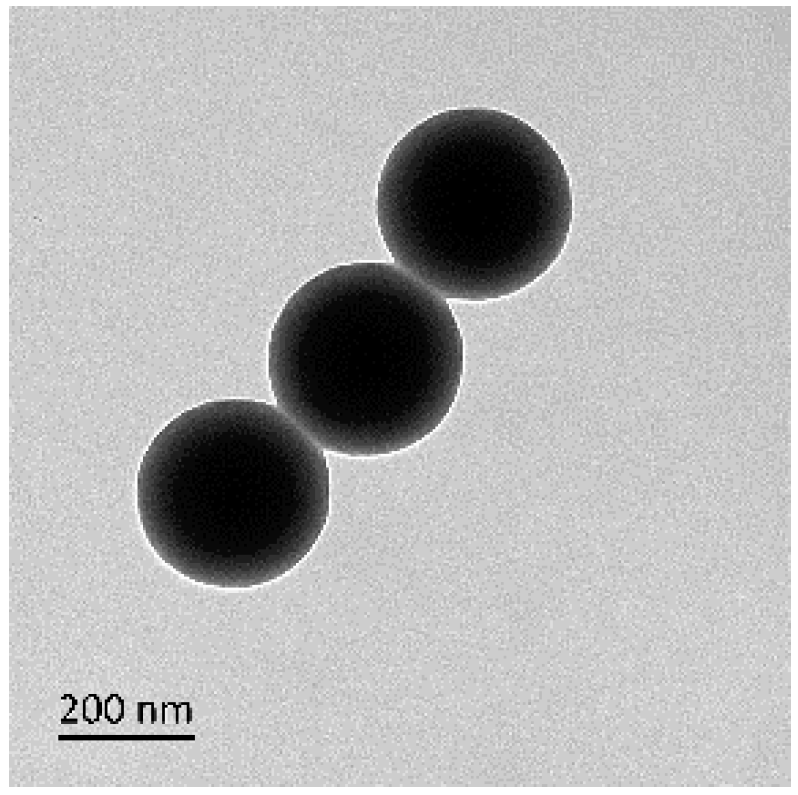

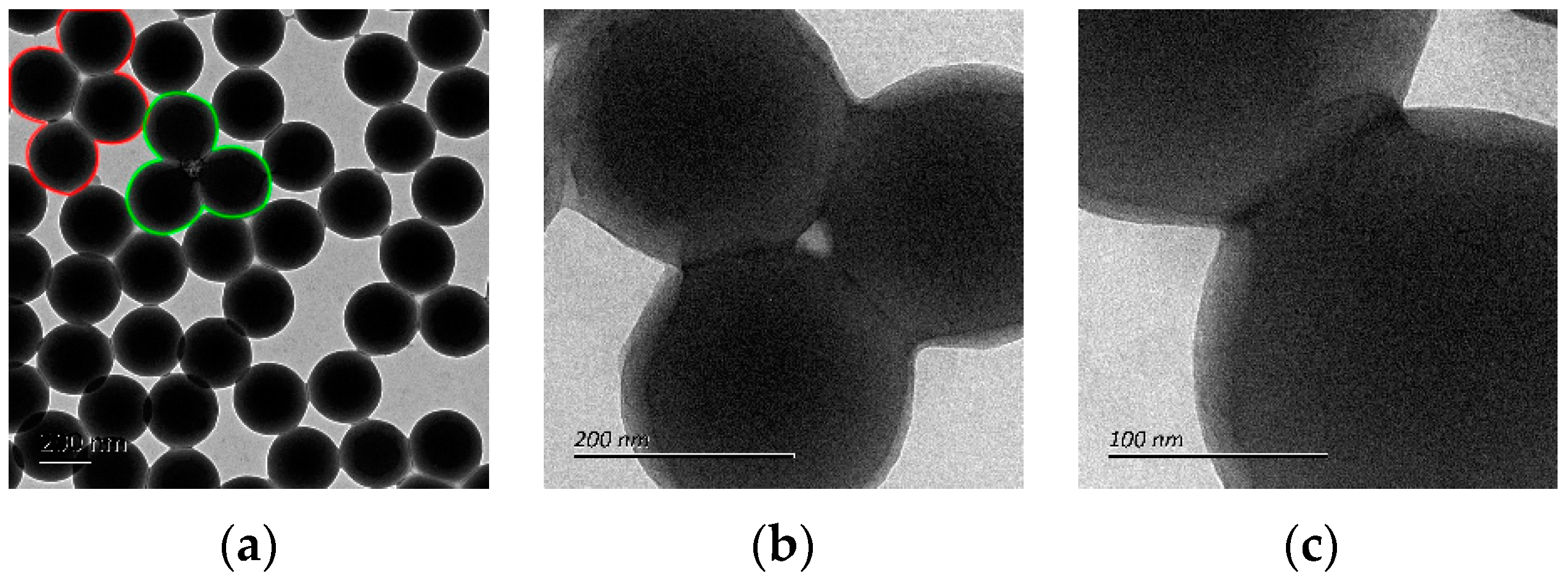
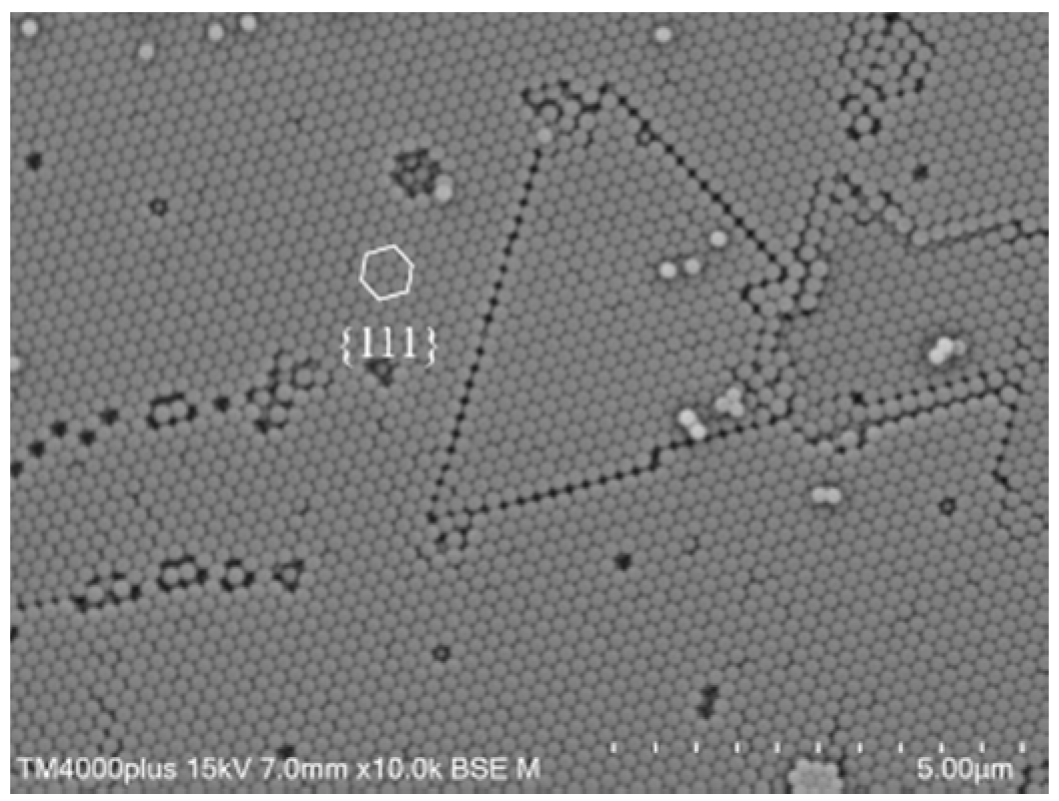
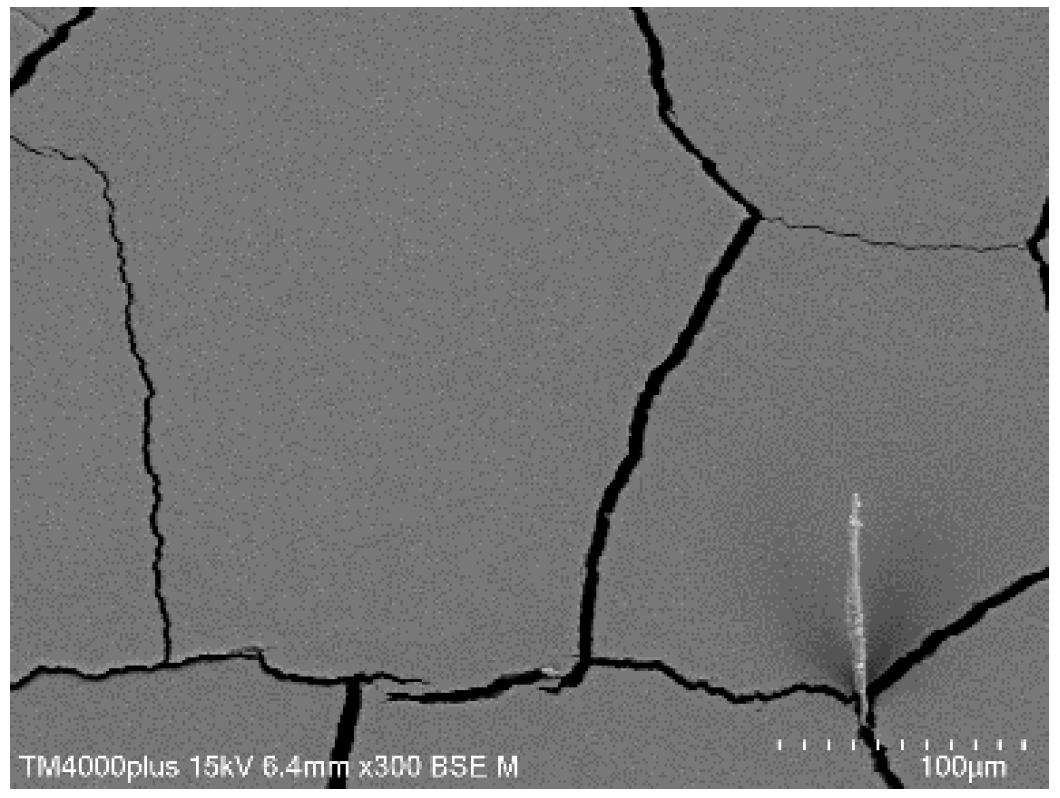
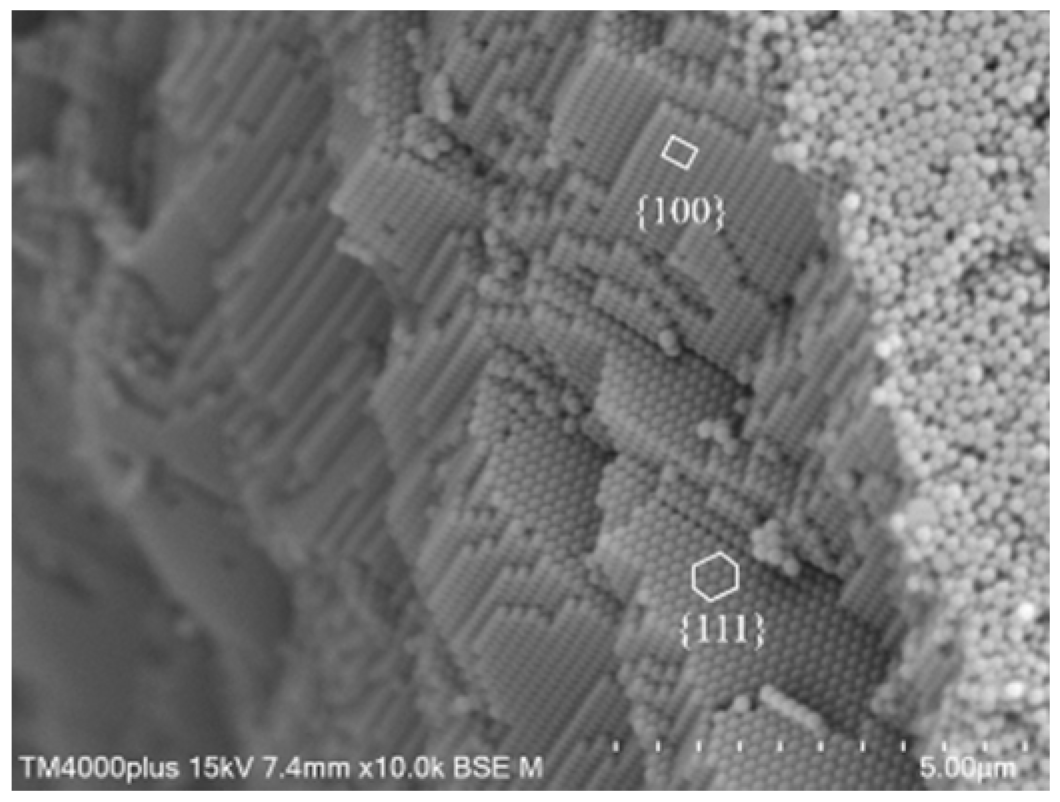
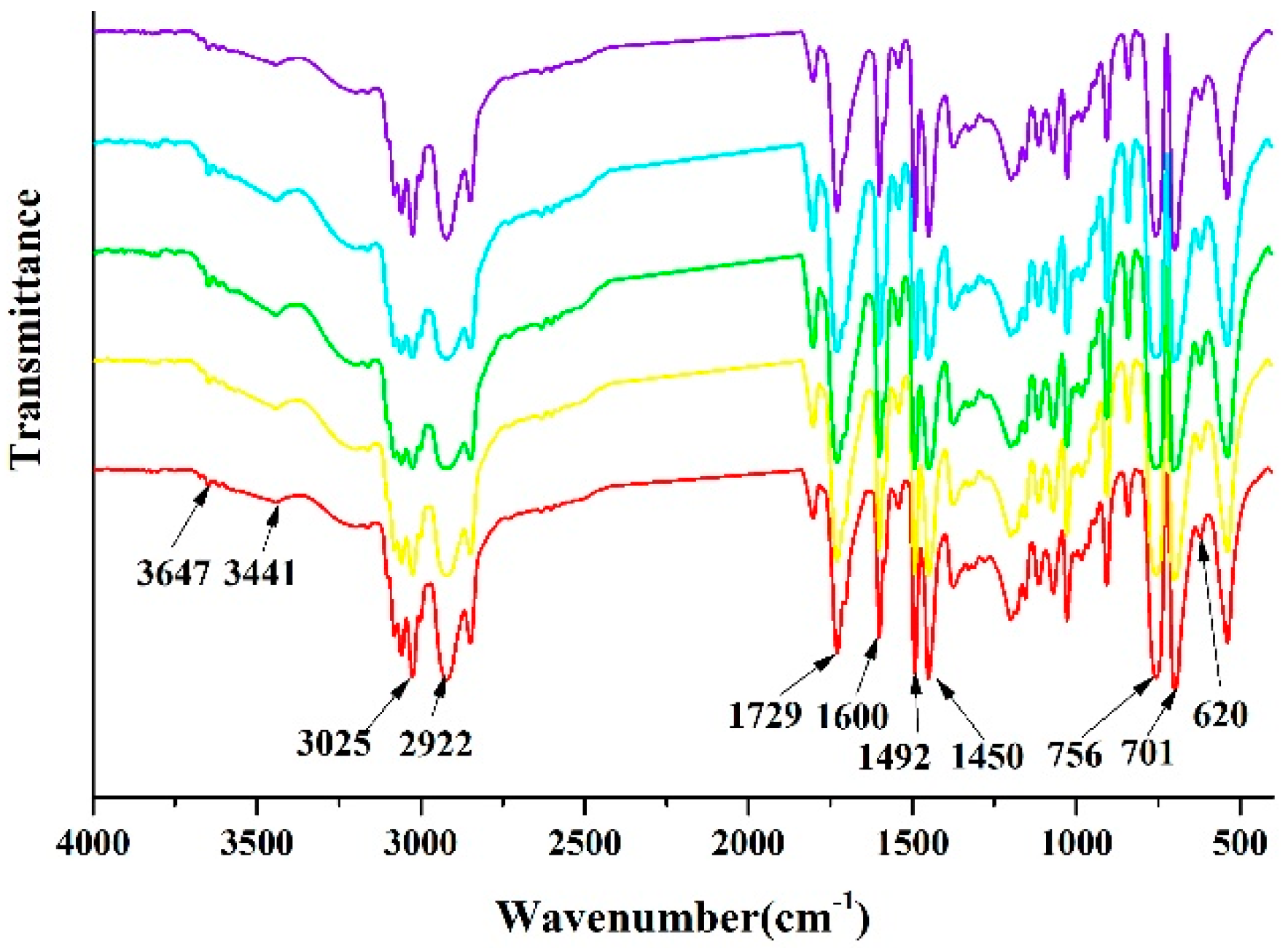

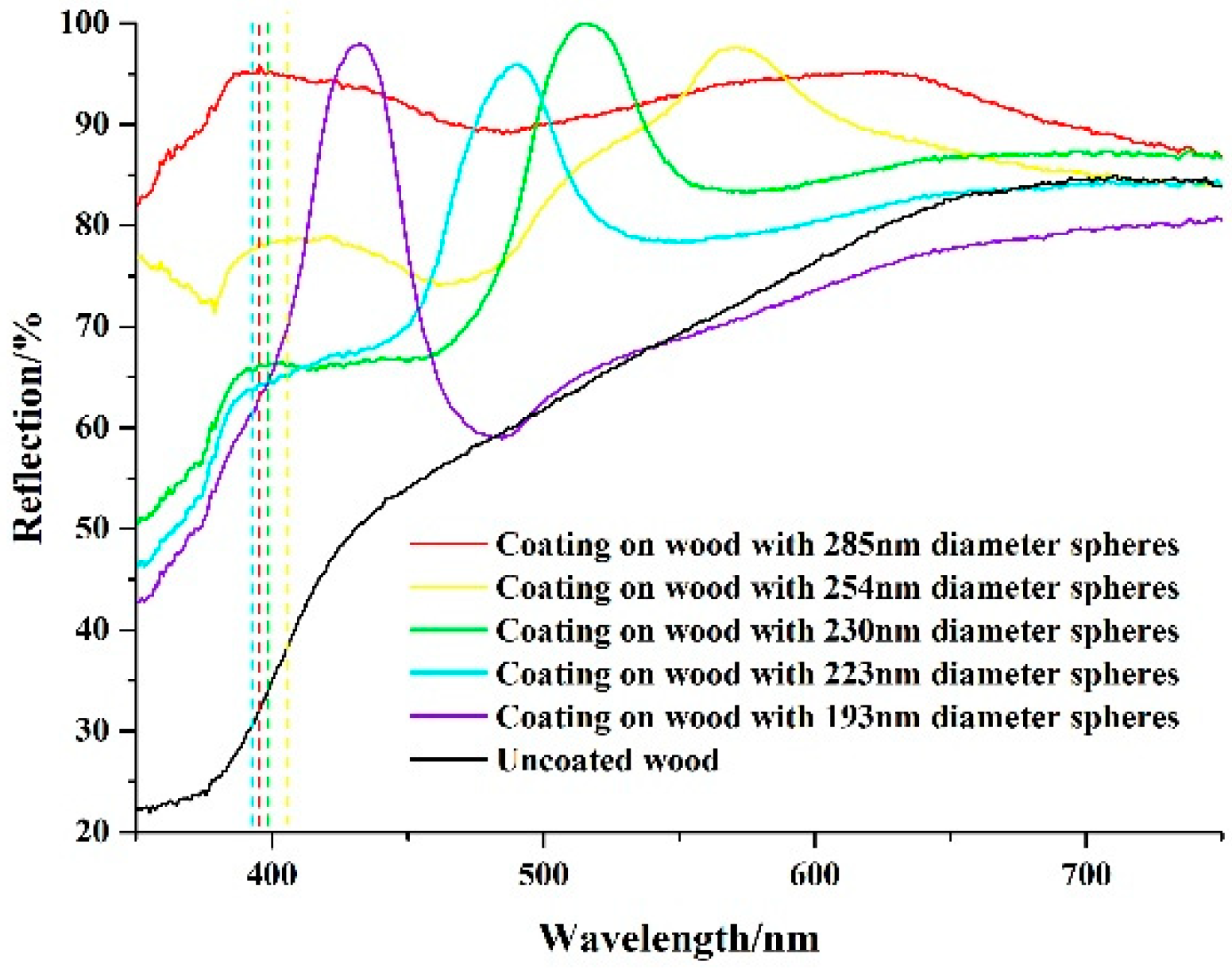

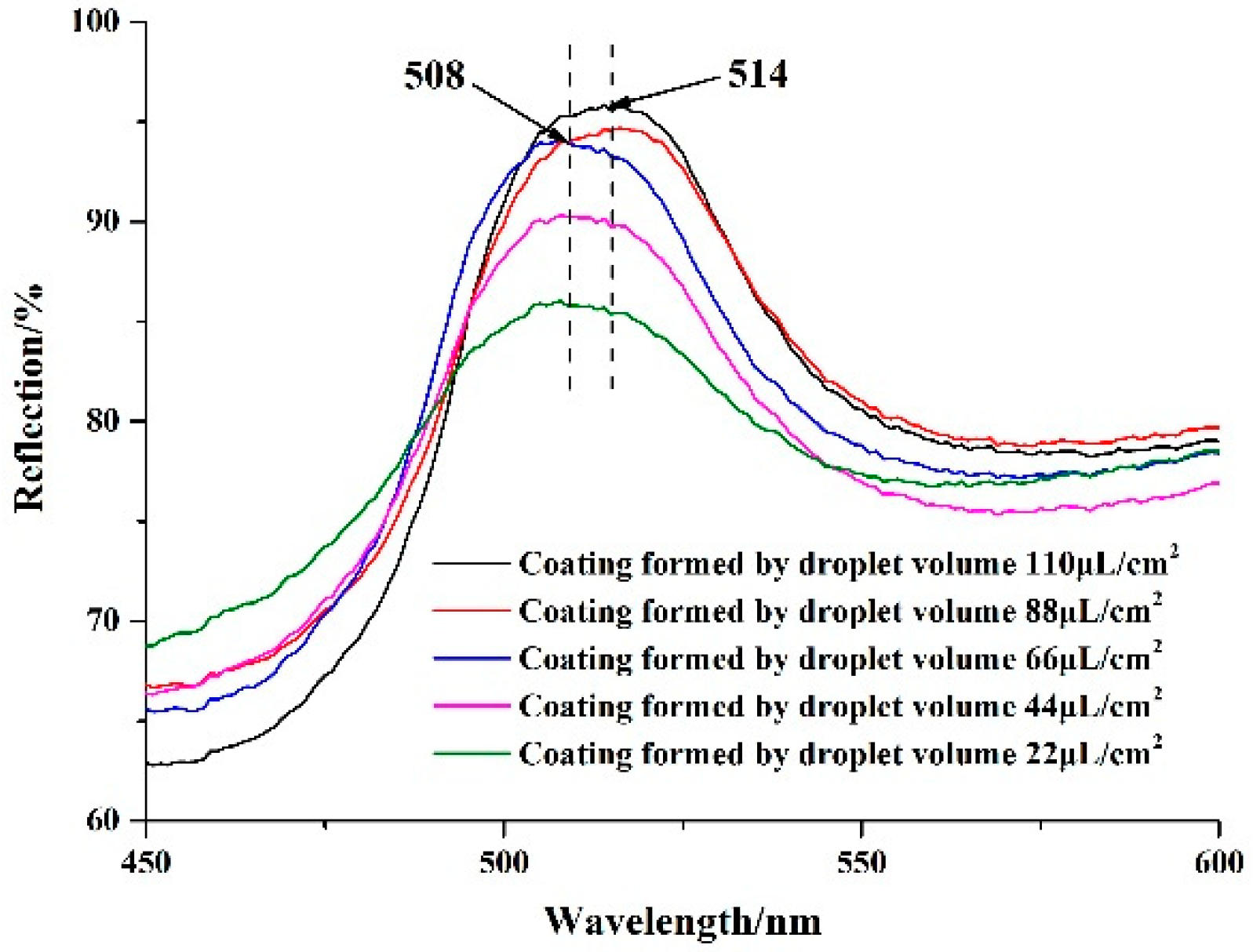

© 2020 by the authors. Licensee MDPI, Basel, Switzerland. This article is an open access article distributed under the terms and conditions of the Creative Commons Attribution (CC BY) license (http://creativecommons.org/licenses/by/4.0/).
Share and Cite
Liu, Y.; Hu, J.; Wu, Z. Fabrication of Coatings with Structural Color on a Wood Surface. Coatings 2020, 10, 32. https://doi.org/10.3390/coatings10010032
Liu Y, Hu J, Wu Z. Fabrication of Coatings with Structural Color on a Wood Surface. Coatings. 2020; 10(1):32. https://doi.org/10.3390/coatings10010032
Chicago/Turabian StyleLiu, Yi, Jing Hu, and Zhihui Wu. 2020. "Fabrication of Coatings with Structural Color on a Wood Surface" Coatings 10, no. 1: 32. https://doi.org/10.3390/coatings10010032
APA StyleLiu, Y., Hu, J., & Wu, Z. (2020). Fabrication of Coatings with Structural Color on a Wood Surface. Coatings, 10(1), 32. https://doi.org/10.3390/coatings10010032




